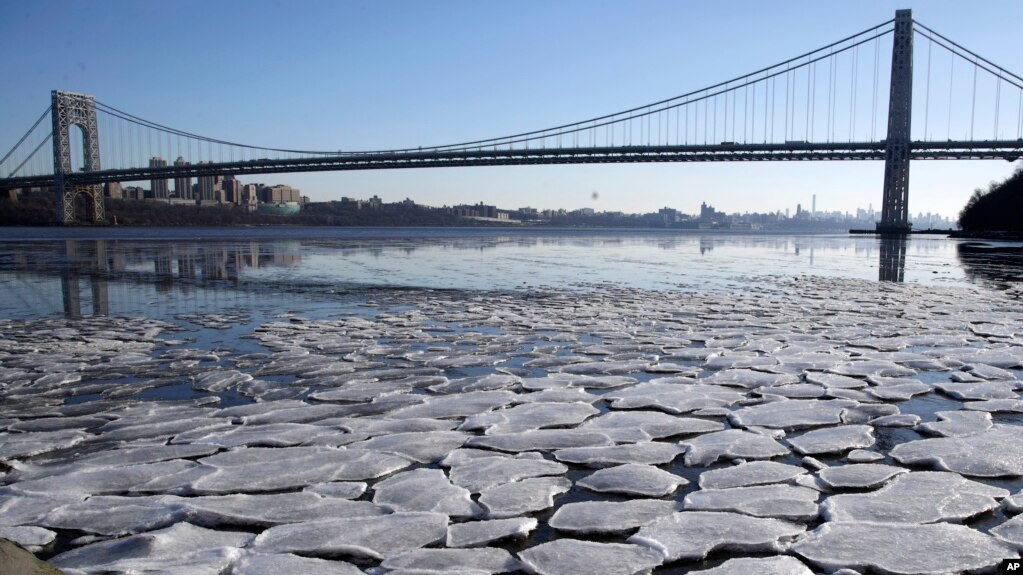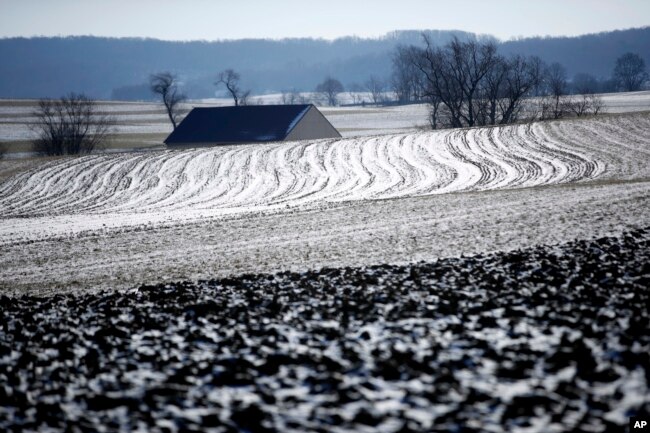Contumacious
Radical Freedom

Himalayan Glaciers Not Melting
Submitted by Doug L. Hoffman on Fri, 11/13/2009 - 15:26
According to a flurry of recent reports by the BBC and other mass media, the glaciers in the Himalayan mountains are melting at a furious pace. Of course this is taken as proof that climate change is still taking place at an ever accelerating rate, despite the fact the global temperatures have remained flat for the past decade. What, then, explains the rapidly retreating Himalayan glaciers? Nothing, because the glaciers are not shrinking. A new report by a senior Indian glaciologist states that the glaciers remain frozen and quite intact, thank you.
The report by Vijay Kumar Raina, formerly of the Geological Survey of India, seeks to correct widely spread reports that India's 10,000 or so Himalayan glaciers are shrinking rapidly in response to climate change. It's not true, Raina says. The rumors may have originated in the Asia chapter of the U.N. Intergovernmental Panel on Climate Change's (IPCC's) 2007 Working Group II report, which claims that Himalayan glaciers are receding faster than in any other part of the world and, if the present rate continues, the likelihood of them disappearing by the year 2035 and perhaps sooner is very high if the Earth keeps warming at the current rate. Evidently, the bogus reporting was based on measurements from only a handful of glaciers."
.




